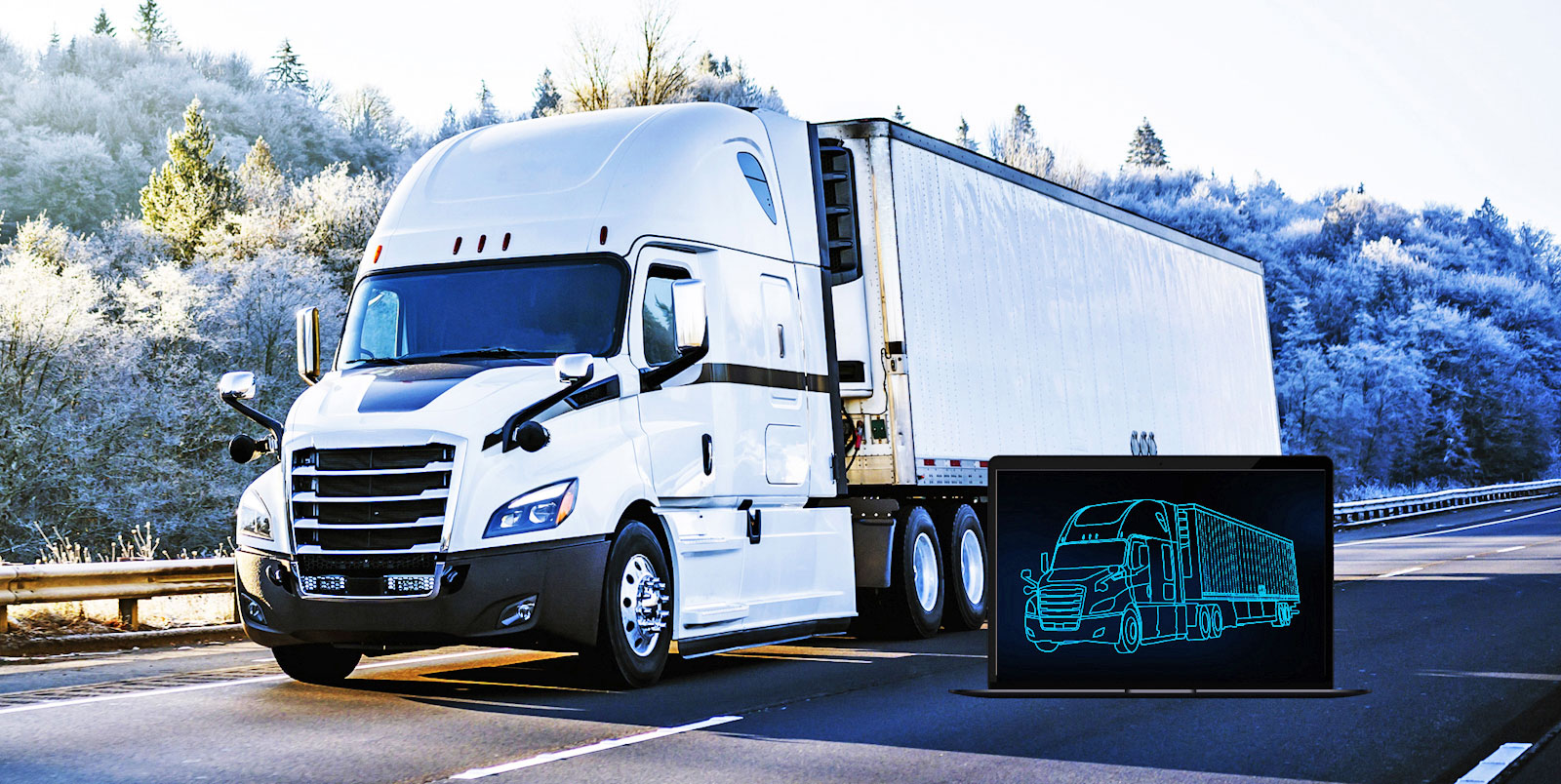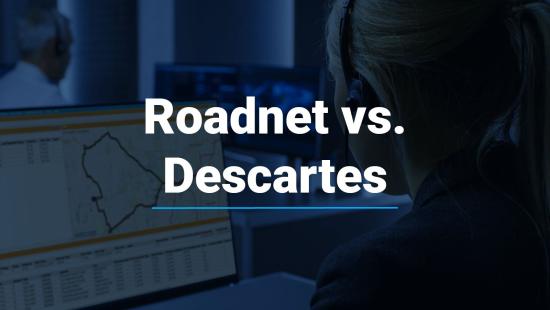The 5 Key Components of a Digital Twin for Fleet Operations
What is a Digital Twin?
The digital twin is a powerful approach to better understand how operations work today or could work in the future.
Through the creation of a virtual, but dynamic, operating model, a digital twin allows organizations to monitor performance, predict the impact of changes, identify areas for improved productivity or customer service and evaluate new operating models. The concept has been around for almost 20 years but has gained popularity recently because of the proliferation of IoT- and cloud-based modelling solutions.
If you think about it, the possibility to create a digital twin of your fleet exists today.

Here are the 5 key components you need to implement a Digital Twin.
1. Real-world modelling
The real-world of fleet operations is inexact and messy with many complex trade-offs between service and cost.
The ability to deal with hard and soft constraints for vehicles, products, customers, etc. is critical to creating an accurate operational model of the fleet. One area where there has been significant modelling improvement in recent years is location-based services (i.e., digital map technology) where roads are modelled more accurately and there is a wealth of historical, predictive and real-time traffic information.
2. Continuous optimization
Digital twins operate in real time, making or taking decisions that improve operational performance.
The notion of planning and dispatching blurs as the optimization engine needs to take in real-time updates to make predictive recommendations on the best course of action because of changes to orders, vehicle and driver status, road congestion, etc. Machine learning or other forms of artificial intelligence in combination with continuous optimization is a powerful way to enhance the quality of the decisions.
What is clear, however, is that batch optimization will not work in a digital twin.
INDUSTRY WHITE PAPER
Fleet Innovations: Continually Advancing State-of-the-Art Solutions
Innovation has been central to the evolution of Descartes’ routing, mobile and telematics solutions. Never before has there been a convergence of so many technological advancements available to accelerate their transformation. Descartes is combining these advancements with the deep domain expertise gained over many years in the market to deliver the next generation of solutions that make a difference to your business.
3. Integrated real-time data
Last mile delivery solutions are generators of lots of valuable information and when combined with the advances in analytics technology, they provide wider and deeper perspectives about the business. Analytics can help with today’s operations to spot trends, so adjustments can be made before problems actually take place or become severe.
It can also look over a wide horizon and at great detail to find opportunities to improve the performance of the entire operation or down to an individual customer or driver.
4. Scenario management
The ability to test and validate the impact of proposed operational changes or new business models is one of the most powerful capabilities of the digital twin.
Most fleet operators want to be more agile but are slowed by the validation process. With a digital twin, the ability to clone, tweak and run enhanced models against operational data allows organizations to more quickly and accurately assess the cost, service and other operation impacts of proposed changes.
5. Analytics
Not every improvement opportunity happens in real time.
Part of the power of the digital twin is to collect large amounts of data over time to analyze trends. For example, we had a customer who was collecting 4 billion data points annually and using that information to simplify and rewrite its stop-time model to improve time forecasting and route productivity.
Analytics technology is another area where the advances in sophistication, ease of use and cost have also improved dramatically in the last several years to make it more widely adopted and part of the digital twin strategy. All of the elements to implement a digital twin strategy exist in today’s integrated routing, mobile and telematics solutions.
Now we just need to think differently about how to apply digital twin thinking to our approach to managing our fleets.
How is your fleet digital twin progressing?
Download the Article
The 5 Key Components of a Digital Twin for Fleet Operations
Fleet Resource Center
Expand Your Routing, Mobile & Telematics Knowledge
Recommended For You




